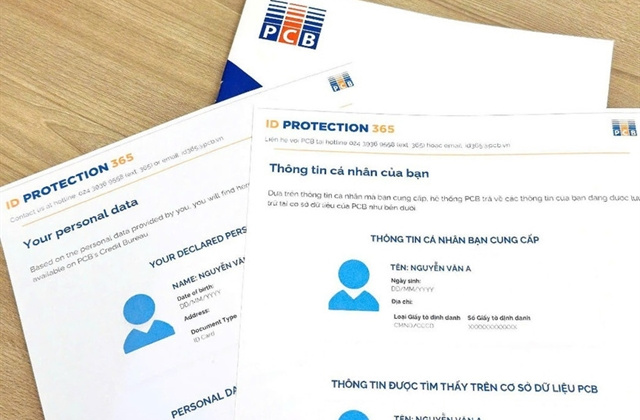The State Bank of Vietnam (SBV) has resumed issuing bills after nearly four months of suspension, in an effort to withdraw money from the banking system, as the USD/VND exchange rate is at a high level.
Four commercial banks won the SBV’s bid for VND3.1 trillion worth of bills with a term of seven days and an interest rate of 3.5 per cent per year.
Experts said that the resumption of the bill issuance channel showed that the SBV aimed to reduce liquidity in the banking system, given that the USD/VND exchange rate is anchored at a high level.

Headquarters of the State Bank of Vietnam.
According to Nguyễn Trọng Đình Tâm, Deputy Director of the Asian Securities Company’s analysis division, the SBV’s net liquidity withdrawal through the bill channel is an appropriate move in the context that the USD/VND exchange rate has maintained its upward momentum.
The SBV’s central exchange rate of the US dollar against the Vietnamese đồng on June 24 was at VND25,058 per dollar, up VND30 compared to the previous day. Since the beginning of this year, the USD/VND exchange rate has increased by nearly 3 per cent despite a decrease of about 9 per cent in the US dollar index (DXY).
According to Tâm, in 2024, the USD/VND exchange rate increased mainly due to the strengthening of the dollar, but currently, the surge in the exchange rate is mainly driven by strong import demand to support export activities during a three-month pause on the US reciprocal tariffs.
Tâm believes that the SBV is only in the early stages of assessing the impact of the bill issuance tool on the USD/VND exchange rate since the June 24 issuance was small in scale, while the term was short and the interest rate remained low.
The SBV’s monetary policy is still in the direction of loosening, as reflected in efforts to keep interest rates low and promote credit growth to support an economic growth target of at least 8 per cent in 2025, Tâm said.
Assessing the impact of the SBV’s move on the stock market, Tâm believes that the SBV’s current probing step has limited impact on market liquidity. However, in case the exchange rate does not show signs of cooling down in the short term, the SBV will begin to increase the frequency and scale of bill issuance. At that time, the impact will gradually increase in the stock market.
However, Tâm forecast that the USD/VND exchange rate would gradually decline in the last months of the year when the effect of the 90-day tariff pause no longer exists.
Tâm explained that under the baseline scenario, Việt Nam's key export products are expected to remain competitive after the new tax rates are applied.
In addition, he said, the US Fed's expected two interest rate cuts in the second half of this year, a rising dollar supply thanks to remittances, tourism, and the prospect of upgrading the stock market are also expected to help cool down the exchange rate.




















